Sodding in the Winter
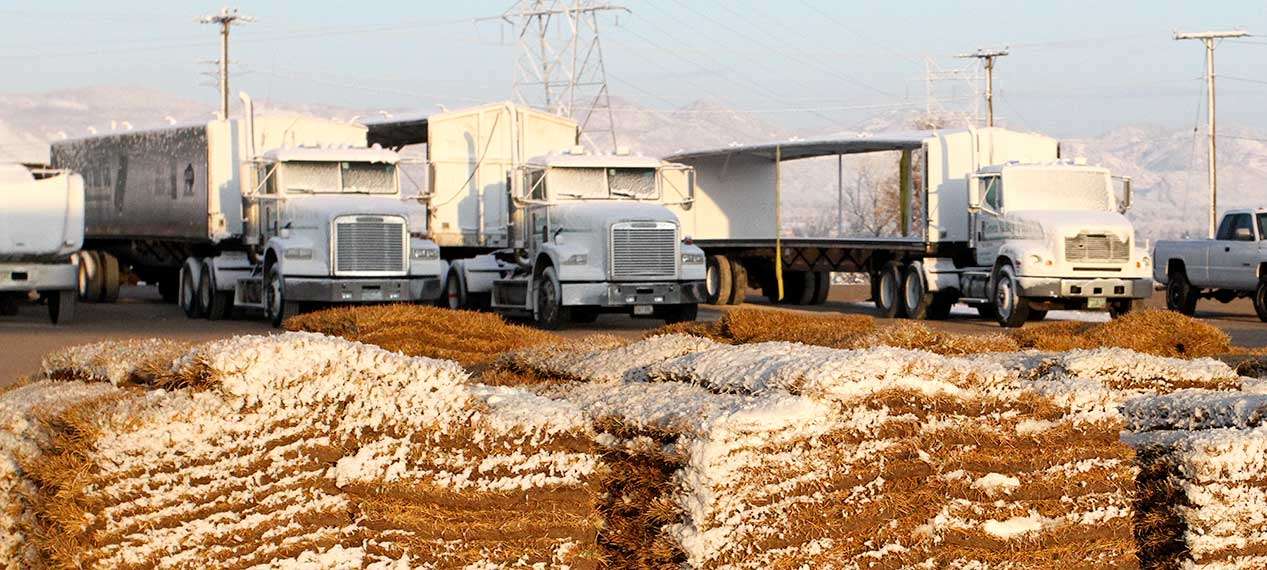
Winter sod roots
Yes, you can sod in the winter! Dormant sod roots slowly this time of year but once the temperatures warm up, the grass will take off. So, cover up that dirt and get a jump on establishing a new lawn.
Get a jump on you new lawn
The advantages of sodding in winter are that you get a jump on establishing your lawn and you will use less water. As long as your grade is set, you can lay sod on frozen ground. As we move into spring, we get a lot of wet snow and rain that really helps establish your new yard. If you wait until spring, you may have to work around wet weather and mud. Sod needs to be unfrozen to install, making it possible to work with and cut. Frozen sod is like trying to cut through concrete. On a warm day, if the sod is frozen, warm it up in the garage or the sun.
Hand water if nessessary
All the steps are the same when you sod in the winter. Apply starter fertilizer before sodding, pull seams tight and water the sod. It might freeze after you install it but this will not harm the grass. If the weather is warm and dry, water the new sod enough that that the water soaks through. A garden hose is the preferred method of winter watering because it is easy to drain and you will not be applying that much water. If you need to water with your sprinkler system, be sure to drain and blow out the system when you are finished. Wait until late March to turn on your sprinkler system for the season. Be sure to cover the back flow preventor and drain it if the temperatures get below freezing.
Get a jump on you new lawn this winter and allow your lawn extra time to root before summer heat hits. Take advantage of the spring snow and rain and save money on your water bill. Winter sod that gets installed while dormant and brown will root in slowly this winter and green up in the spring.
Check out our how-to videos on how to Install Sod
1 thought on “Sodding in the Winter”
Comments are closed.

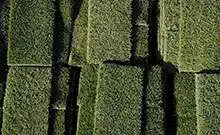

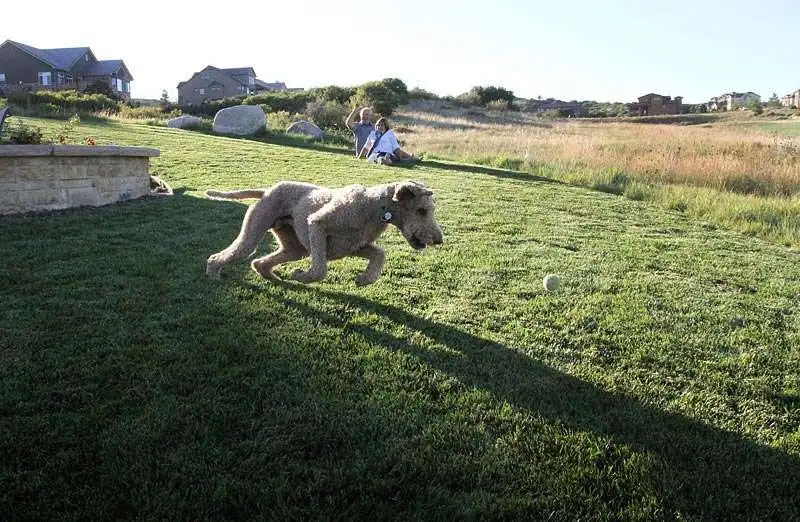

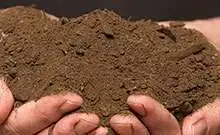
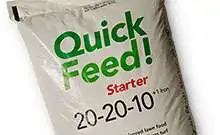


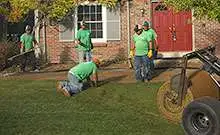
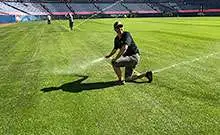
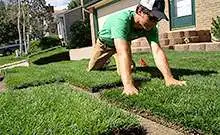
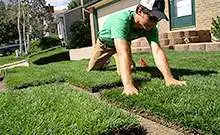

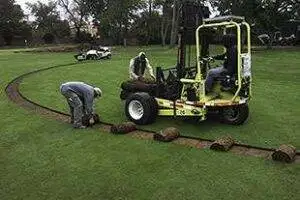
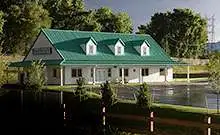
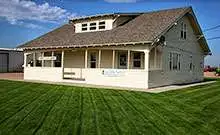
Need a quote for sod install